Citation, DOI, disclosures and article data
Citation:
Glick Y, Niknejad M, Yap J, et al. Angiosarcoma. Reference article, Radiopaedia.org (Accessed on 20 Feb 2025) https://doi.org/10.53347/rID-900
Angiosarcomas (like hemangiopericytomas and hemangioendotheliomas) are tumors that arise from vascular structures. They are typically difficult to distinguish from one another on imaging alone.
Angiosarcomas are the most aggressive of the three, frequently having metastases at the time of diagnosis (and therefore carrying an extremely poor prognosis), and often recur locally.
Epidemiology
They account for less than 1% of all sarcomas and are more frequently seen in males (M:F = 2:1). The exception is Stewart-Treves syndrome, a complication of protracted post-mastectomy lymphedema, which is obviously more common in women.
Pathology
The malignant cells express morphological and functional properties of endothelial cells. The tumors can be multicentric with hemorrhage and necrosis being common.
Location-specific lesions
Associations
-
1. Murphey M, Fairbairn K, Parman L, Baxter K, Parsa M, Smith W. From the Archives of the AFIP. Musculoskeletal Angiomatous Lesions: Radiologic-Pathologic Correlation. Radiographics. 1995;15(4):893-917. doi:10.1148/radiographics.15.4.7569134
-
2. Peterson M, Baron R, Rankin S. Hepatic Angiosarcoma. AJR Am J Roentgenol. 2000;175(1):165-70. doi:10.2214/ajr.175.1.1750165
-
3. Rich A. Cutaneous Angiosarcoma Presenting as an Unusual Facial Bruise. Age Ageing. 2004;33(5):512-4. doi:10.1093/ageing/afh171
-
4. Patel A & Ryu J. Angiosarcoma in the Lung. Chest. 1993;103(5):1531-5. doi:10.1378/chest.103.5.1531
-
5. Sanders L, Groves A, Schaefer S. Cutaneous Angiosarcoma of the Breast on MRI. AJR Am J Roentgenol. 2006;187(2):W143-6. doi:10.2214/ajr.05.1940
Multiple choice questions:
Promoted articles (advertising)


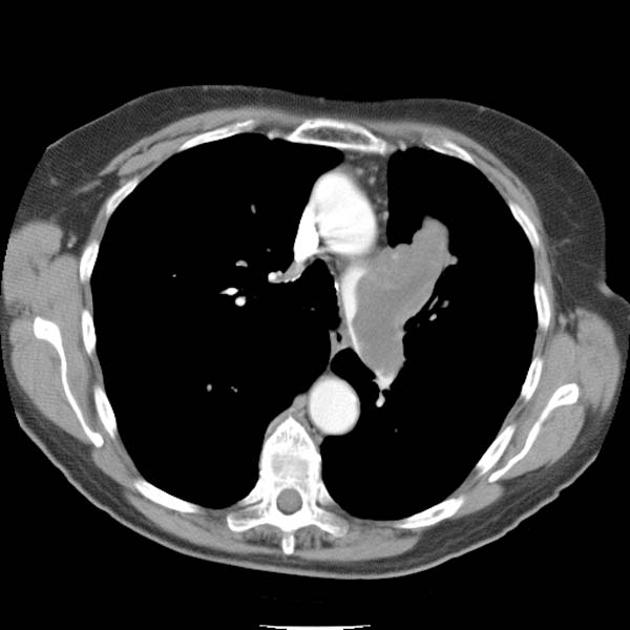
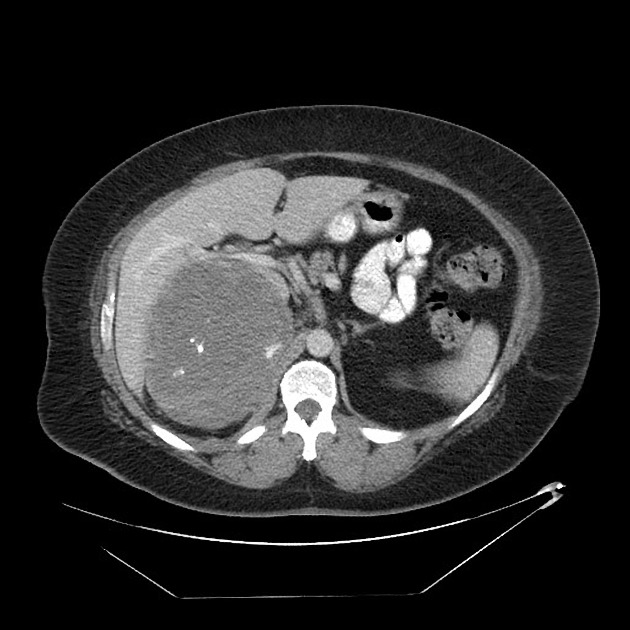
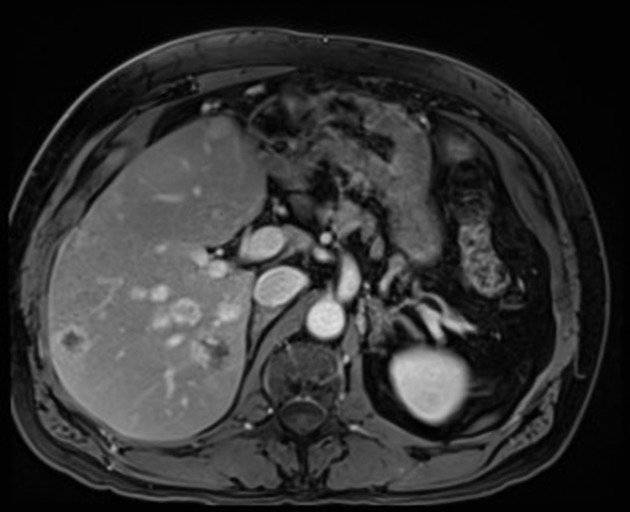
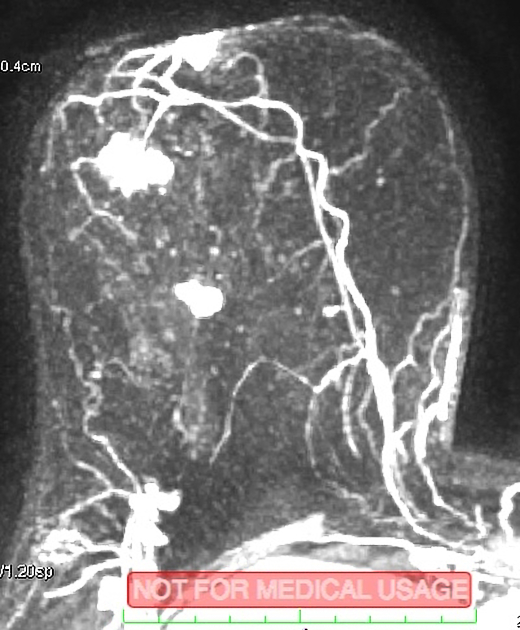
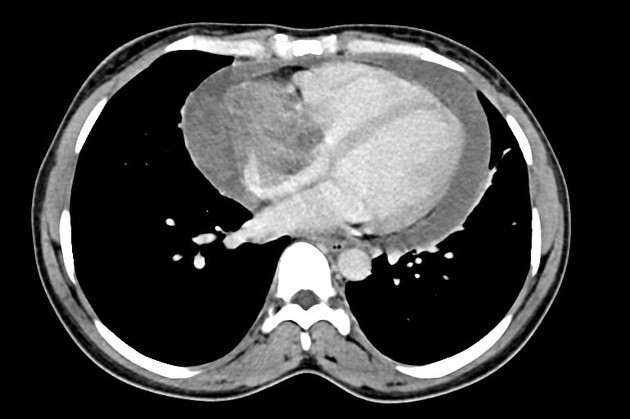
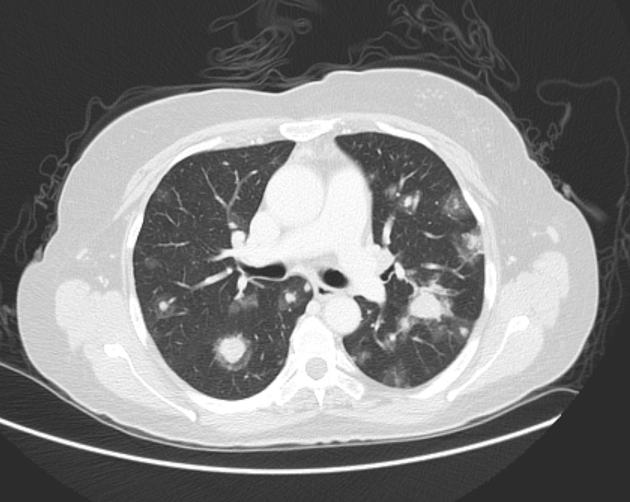
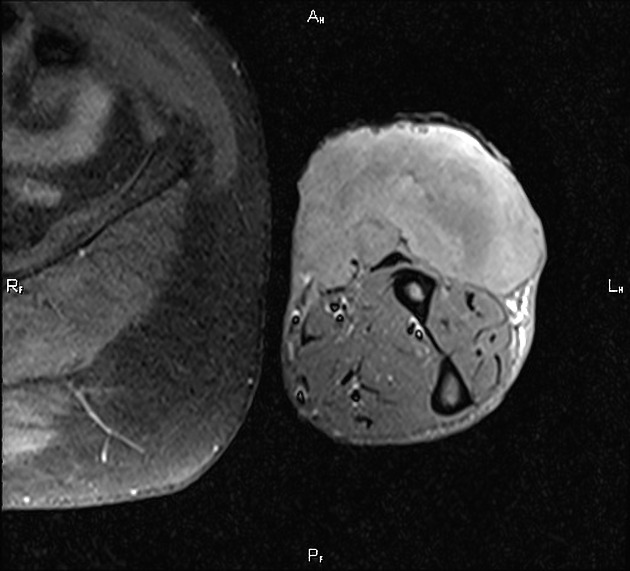
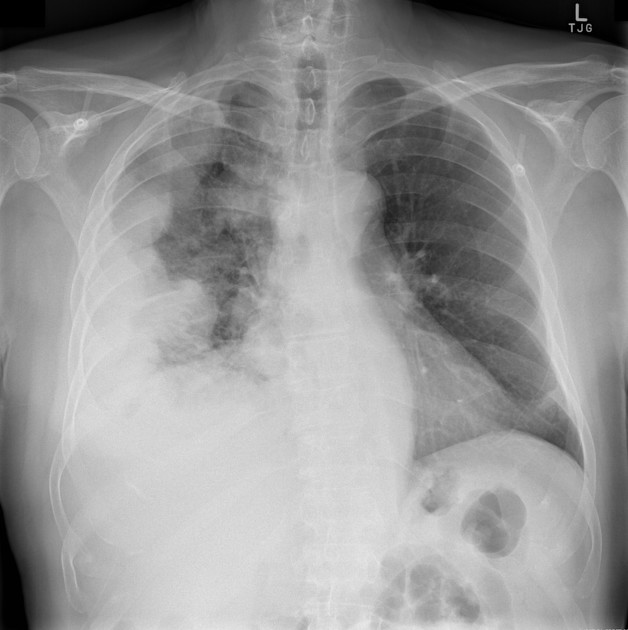


 Unable to process the form. Check for errors and try again.
Unable to process the form. Check for errors and try again.